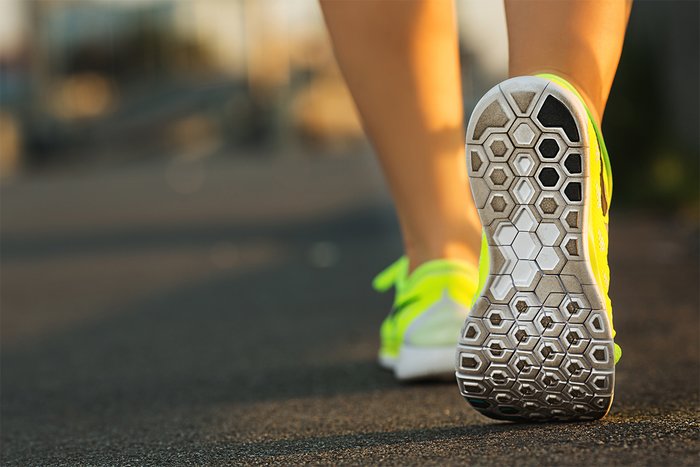Studies have shown time and again that exercise is good for the human heart and brain, helping to prevent heart attacks and strokes. But new research suggests that regular exercise has another major role to play in promoting heart health by encouraging something called "cardiomyogenesis."
Cardio-what? Let me explain. Cut your finger, and new skin cells grow to heal the wound. Break a bone, and it heals, too. Your arteries, liver, intestines, lungs, and, it appears, even your brain have similar healing properties.
Until a decade ago, scientists thought the heart was incapable of creating new heart cells after birth.[1] Scientists pointed to this apparent inability to create new heart cells as a leading cause of chronic heart disease.
That thinking changed in 2009, when Canadian researchers showed that the heart can indeed create new cells, a process known as the aforementioned cardiomyogenesis. That triggered related findings from researchers at Harvard Medical School, Harvard Stem Cell Institute, and Massachusetts General Hospital, who showed that exercise might play a major role in improving the heart's ability to grow new cells.[2] Over eight weeks, the researchers compared the rate of new heart cell growth among mice that exercised daily with mice that didn't exercise at all. They found that regular running exercise enabled the active mice to create new heart cells five times faster than the inactive mice.

Earlier studies with mice showed that the loss of as few as 23 of every 10,000 heart cells is enough to cause fatal heart disease.[3] A large myocardial infarction can destroy about 1 billion heart cells.[4] Other studies have shown that the loss of this approximate number of heart cells in humans leads to the same disease.
The Harvard researchers could not say exactly how many new heart cells the exercise routine would create. However, they could say that the number of new heart cells made possible by regular exercise is probably more than enough to counteract the loss of heart cells that results in fatal heart disease. The researchers also showed that even an injured heart is capable of creating new heart cells.
Research into cardiomyogenesis parallels research into whether brains can grow new cells, a process known as neurogenesis. The prevailing wisdom has been that, like the heart, the brain undergoes the vast majority of its growth while the fetus is in the womb, with limited growth continuing into infancy. Now, the inability of the brain to create new brain cells is being questioned, just as the heart was a decade ago.
The ability of these key organs to regenerate themselves has major implications for the fight against heart disease, Alzheimer's, and other debilitating or fatal conditions of the heart and brain. In the meantime, this is just another great reason to use the treadmill!
References:
- Bergmann, O., Bhardwaj, R. D., Bernard, S., Zdunek, S., Barnabé-Heider, F., Walsh, S., ... & Jovinge, S. (2009). Evidence for cardiomyocyte renewal in humans. Science, 324(5923), 98-102.
- Vujic, A., Lerchenmüller, C., Wu, T. D., Guillermier, C., Rabolli, C. P., Gonzalez, E., ... & Lee, R. T. (2018). Exercise induces new cardiomyocyte generation in the adult mammalian heart. Nature Communications, 9.
- Wencker, D., Chandra, M., Nguyen, K., Miao, W., Garantziotis, S., Factor, S. M., ... & Kitsis, R. N. (2003). A mechanistic role for cardiac myocyte apoptosis in heart failure. The Journal of Clinical Investigation, 111(10), 1497-1504.
- Mollova, M., Bersell, K., Walsh, S., Savla, J., Das, L. T., Park, S. Y., ... & Kühn, B. (2013). Cardiomyocyte proliferation contributes to heart growth in young humans. Proceedings of the National Academy of Sciences, 110(4), 1446-1451.

